Acer
Acer Predator Z35P: the little brother of the Z35 with WQHD definition
Aprox. 799€ - see price -
See specificationsThe Acer Predator Z35P complements the Predator Z35 by offering a higher definition in return for a more limited refreshment. This makes it a slightly more balanced and, above all, more versatile monitor.
Positive points
Definition WQHD comfortable.
100 Hz G-Sync compatible.
Good size / definition ratio for the game.
Reactivity.
Contrast.
Quality audio for a monitor.
Radius of curvature favoring immersion.
Bad points
No backlight scanning (ULMB).
External power supply.
High price.
Our review
Presentation
Where the Acer Predator Z35 clearly targets players looking for performance (curved VA panel of 35 inches, definition "reduced" to 2,560 x 1,080 px and, frequency of 200 Hz), the Acer Predator Z35P is more versatile: its 35-inch curved VA panel (≈89 cm) displays a WQHD definition (3,440 x 1,440 px) and a frequency of 100 Hz, much more comfortable on a daily basis. The G-Sync module is always present - a guarantee of fluidity for owners of Nvidia graphics cards; owners of a Radeon graphics card will rather turn to a FreeSync model, like the Philips 349X7F (800 €).
The Acer Predator Z35P is sold for around € 1,050, while the Acer Predator Z35 is now displayed around € 800.
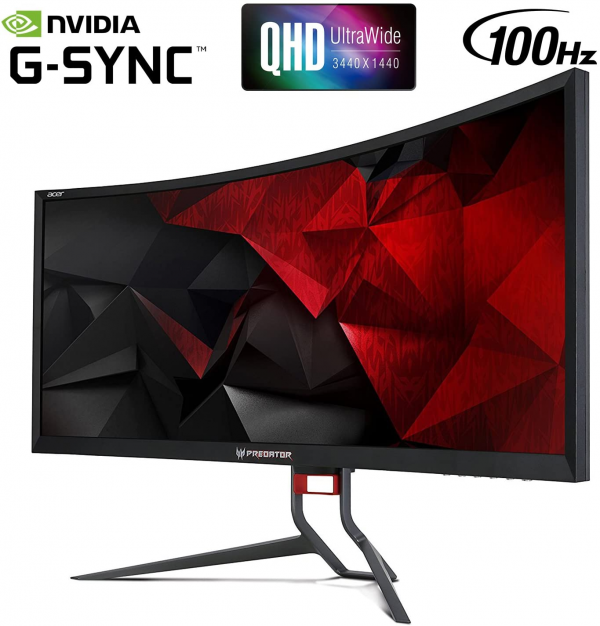
Ergonomics
The Predator Z35P is pretty well drawn. Its front design is sober and only the red Predator logo gives a clue to the target audience, namely the players. Its perfectly matte 35-inch slab is curved with a radius of curvature of 1.8 m.
The grid at the back of the Predator Z35 allows both to dissipate the heat given off by the LED backlight system and to diffuse the sound of the two 9 W speakers. As on the X34, the sound here is better than on most other monitors. The bass is still absent, but the low mids are heard.
The very airy foot frees up space on the desk. Compared to that of the Predator X34, it now manages horizontal rotation over ± 20 °.
The monitor is adjustable in height by 13 cm and in inclination from -4 ° to + 35 °. There is no pivot.
The connection is classic for a second generation G-Sync screen: a DisplayPort input, to fully exploit the potential of the screen, with a frequency of 100 Hz, and an HDMI 1.4 connector useful for connecting a console or a box. There is also a headphone output and a hub with 4 USB 3.0 ports. Note that the power is transferred to an external box.
Access to monitor settings (OSD) is always via the five buttons located at the base of the monitor. It is much less practical than the joystick of other monitors (Asus or Philips for example), but the menus are quite readable and well laid out.
With a white set at 150 cd / m² on our test pattern, the Acer Predator Z35P monitor consumes 40 W, or a relative consumption of only 90 W / m². In terms of power consumption, this monitor is below the average of the monitors tested (around 100 W / m²).
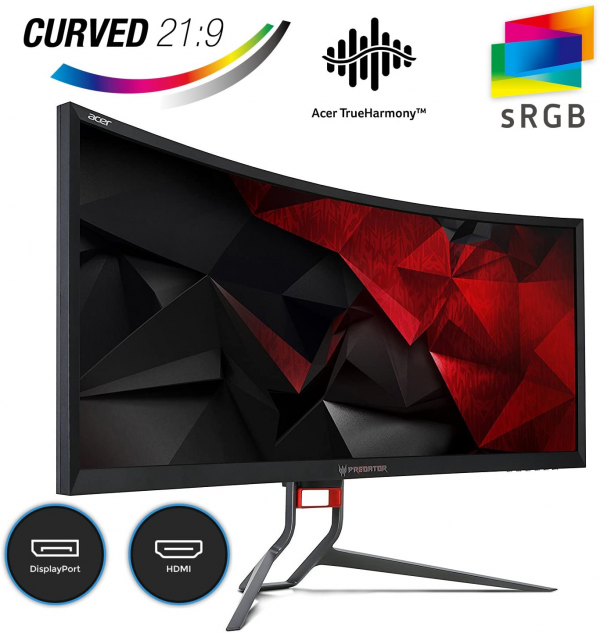
Colors and contrast
Default: average temperature at 6,280 K.
Default: gamma curve at 2.1.
Default: Delta E average at 2.9.
Out of the box, the Acer Predator Z35P monitor is fairly well calibrated with an average temperature of 6,280 K perfectly stable across the spectrum. The color fidelity is very good (average delta E of 2.9) and only the gamma curve overexposes the dark gray a little too much, which results in an average of 2.1 instead of the expected 2.2.
Manual adjustment: average temperature at 6320 K
Manual adjustment: gamma curve at 2.1
Manual setting: Delta E medium at 2.9
By lowering the brightness to 36, so as to display a calibrated white at 150 cd / m², the values remain almost identical: an average of gamma at 2.1 and an average delta E at 2.9. Only the temperature is a little closer to the 6,500 K reference.
The contrast is good for a monitor. If the best models manage to exceed 3,000: 1, the contrast measured here at 2,170: 1 already allows you to enjoy a good depth of blacks, whether in movies or in games.
Calibrated: average temperature at 6,530 K.
Calibrated: gamma curve at 2.2.
Calibrated: average delta E at 1.5.
Switching to the calibration probe makes it possible to smooth all the curves and obtain almost perfect colors. The average temperature is very close to 6,500 K, the gamma curve perfectly stable on the reference value 2.2, and the delta E falls to 1.5. You can download the monitor profile by following this link.
The VA panel is uniform. The average difference in white is only 8% over the entire surface. If the viewing angles are smaller than on an IPS panel, the curvature here makes it possible to compensate for the defect, in particular in the corners of the screen which may appear blackened on large diagonals of this type.
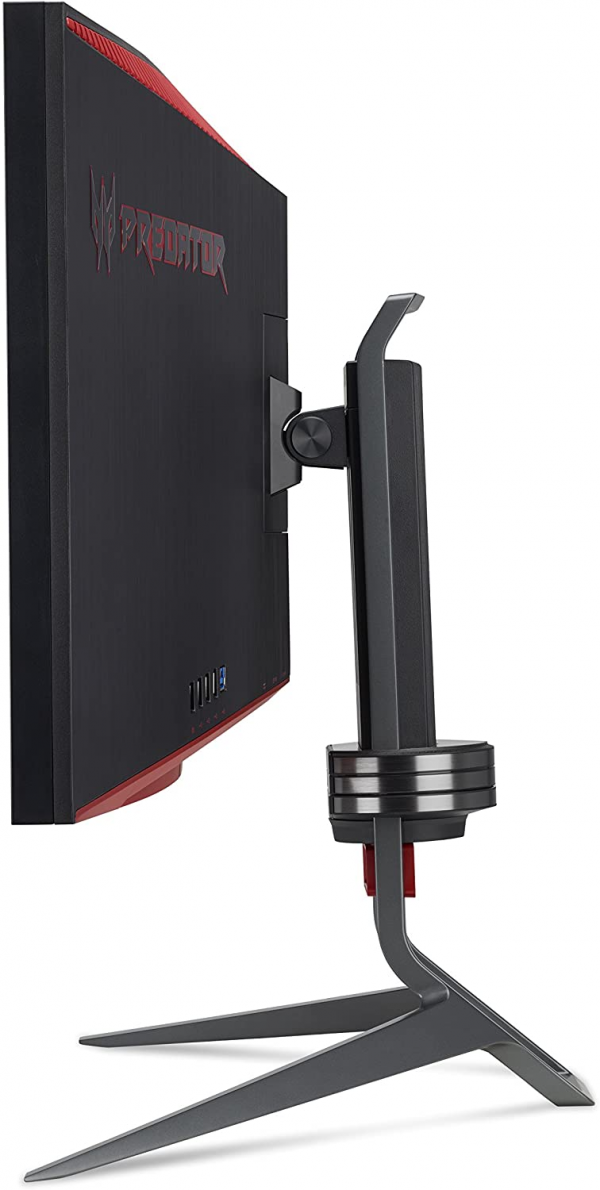
Reactivity
Good news for those who are sensitive to it, the Acer Predator Z35P monitor does not use Pulse Width Modulation (PWM) to vary its brightness. This avoids the flicker associated with the decrease in brightness which, in some people, causes headaches and eyestrain.
This monitor is compatible with G-Sync technology between 30 and 100 Hz and it therefore works optimally when the graphics card sends between 30 and 100 images per second. In this case, the fluidity is there and the image does not suffer from tearing problems or jerks (micro-stuttering). With a recent graphics card, the very wide frequency range allows you to play in native definition (WQHD) without having to cut corners on the quality of the graphics.
The VA panel is reactive (average remanence time of 8.5 ms). By default, the overdrive is set to "normal" and provides a satisfactory result by improving the reactivity of the panel without causing any harmful effect. However, switching to the "extreme" setting results in a rather annoying reverse ghosting phenomenon.
Finally, the delay in display is measured at 14 ms, a little less than one frame per second. The difference between the image generated by the graphics card and that displayed on the screen is imperceptible.
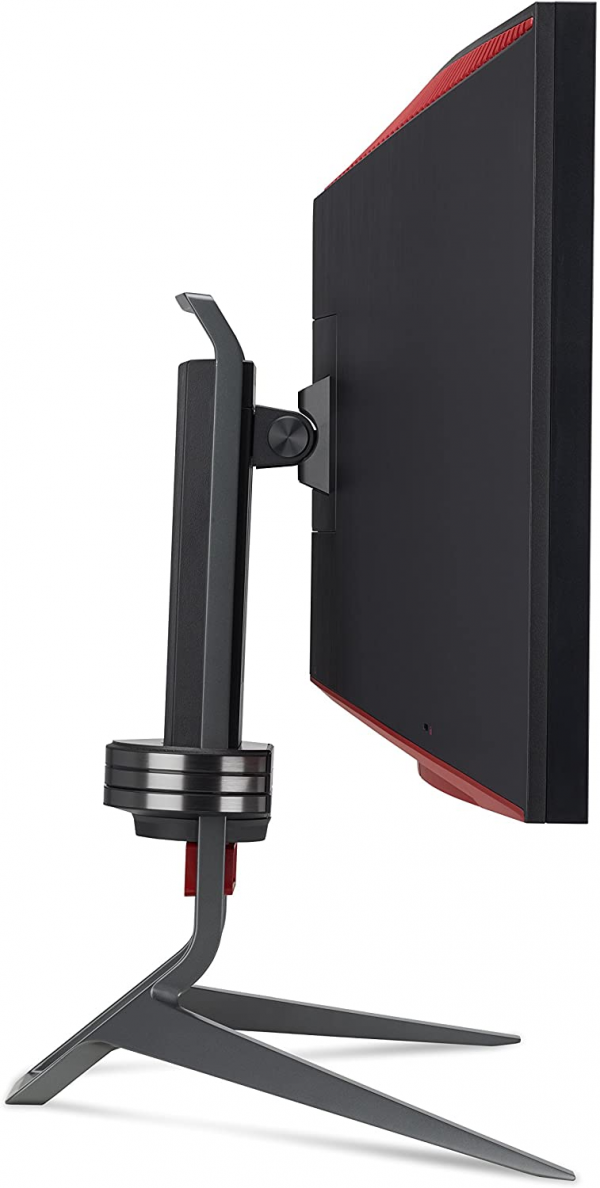
Conclusion
The Acer Predator Z35P combines the best of Acer panoramic screens: the VA panel of the Predator Z35 and the definition and elegance of the Predator X34. Well calibrated and responsive, it offers a beautiful image, a comfortable definition, good contrast and a frequency of 100 Hz which makes it an essential panoramic gaming monitor. It thus dethrones the Asus ROG Swift PG348Q and quite simply becomes the best panoramic monitor for games.
Specifications
Reviews

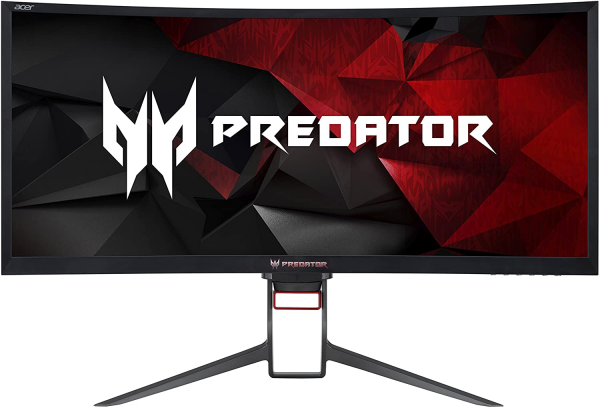
Acer support is basically garbage. Poor quality control on the Z35P
I've gone through two of these monitors now, both displaying the same problem (flickering in the top right and left of the screen, and developing dead pixels. Both units worked fine upon delivery. Acer support refused to honor the warranty on the replacement received less than 90 days ago from amazon (amazon replaced the first one no questions asked even though it was slightly outside the 30 day window). Given that I run an IT managed service provider, I will no longer purchase acer products going forward, and will advise my clients upon the same. It's too bad, I've used acer monitors for years, but I've only heard how legendarily bad their support is up until this point.
Amazon has stated they will attempt to resolve this once I obtain a certified letter from acer noting the warranty is being rejected.
Got a Lemon, and Acer did not want to help.
First, I would like to thank Amazon Primes support for helping me, when Acer Support did not. I've experienced multiple issues with this monitor.
1- Extreme Overdrive does not work. All you need to know is, that the response times will go from 4MS to 8-10MS response time when this feature cannot be enabled, as stated before by another knowledgeable purchaser. This is not a total deal breaker, but it's close.
2- Between 30 to 40 vertical lines would randomly appear on the monitor. The only way to get rid of them, was to unplug the monitor.
3- While watching movies online, Netflix etc., the monitor would flicker on and off.
When I had the first issue with ghosting and blurring in games I contacted Acer Support. They were of no help whatsoever. I ended up going back to Amazon reviews to get the answer. I had the Acer Supervisor call, since Acer Tech Support was of no help, before I discovered what the issue was. I told him that I was willing to live with the defect, but if anything, else would arise, I wanting to be sure Acer would exchange or Refund the purchase price. He said there wouldn't be a problem. A few days later, all the other issues surfaced, and I called Acer Support once again. I told them what issues I was having, and I wanted to return the monitor and for them to honor their agreement stated by the supervisor. They said the supervisor never stated the information, and Acer by policy does not refund or exchange their products, rarely, if ever. I've read the experiences a lot of dissatisfied customers, with the repair process. They would send the product into Acer, just to receive it back unrepaired or in worse condition. I was unwilling to go through the process, and end up with a monitor in the repair shop, added shipping costs, and eventually running out of a warrantee. If you doubt what I say, just Google customer Complaints Acer Products.
In the end, it comes down to this. It's your hard-earned money. This monitor is expensive, so one would expect a top-quality product, with excellent customer service. None of which I got from Acer.
Amazon was kind enough to extend their 30day grace period, so I could return this monitor.
I will be purchasing another monitor, but not an Acer brand. They've lost my business. Read the warrantee, and research the companies. Buyer Beware.
Got a good one!
It comes with a display port cable. The stand was already assembled and attached. It fired up as expected however I needed to mess with the Display Port connection on the back. It wouldn't give me a picture but after wiggling it a bit it is working fine now.
I came from a BenQ 24 "TN 144Hz Gsync, 1ms. I saw a friends 32 inch 4k ISP and loved the color and size however the 60Hz wasn't going to cut it. So I did some research and decided on this one. Honestly , the 4 ms refresh even at 164 Hz with Gsync isn't quite as silky smooth as the 1ms BenQ however overall I am happy with it. The size and slight curve is an immediate plus. I have vision troubles it definitely reduces straining to focus .The colors are brighter with than the TN. The higher resolution is nice however it is kind of a wash from 1080p due to the larger screen.
I have not found any dead pixels and the monitor was in perfect cosmetic condition.
I played some World of Tanks and the game felt just as smooth and crisp as my 24 bq The only slow down occurring in sniper view. But lowering a few settings in sniper view graphics compensated for it.
Happy with my purchase so far.
New entry: After several months of using this monitor, I've had no issues. Still very happy with the purchase. Would not go back.
I am quite pleased with my purchase
I am quite pleased with my purchase of this monitor as an upgrade from an Acer XB270HU. When I compare the two, both with the factory settings, the Z321QU seems to have less saturated colors, but better contrast. The overall build quality on the Z321QU feels much improved, with sturdier plastics and vastly reduced back light bleed around the edges. The joystick / button combination for navigating the on-screen display is a vast improvement over the buttons on the XB270HU. I do not really notice the decrease in pixel density when moving to the 32 "QHD display vs the 27" QHD display. The speakers work fine. Overall, I am very impressed with this monitor and do not regret my purchase in the least.
A few notes:
This monitor has a downward firing LED built into the bottom of the panel. The color, brightness, pattern can all be changed via the OSD. I was pleasantly surprised by this feature as I did not see it advertised anywhere prior to making my purchase.
There is no documentation provided on how to access the VESA 100x100 mount on the back, as it is blocked by molded plastic covers. After much trial and error, I found that the covers can be removed by carefully lifting the narrow, bottom part of the cover upwards and then out towards me. After I did this the rest of the cover would just pop out.
As not many people seem to own this monitor yet, I have not been able to see how it looks with a proper calibration profile applied. Hopefully someone with the proper tools will buy one and provide some calibration settings to try.